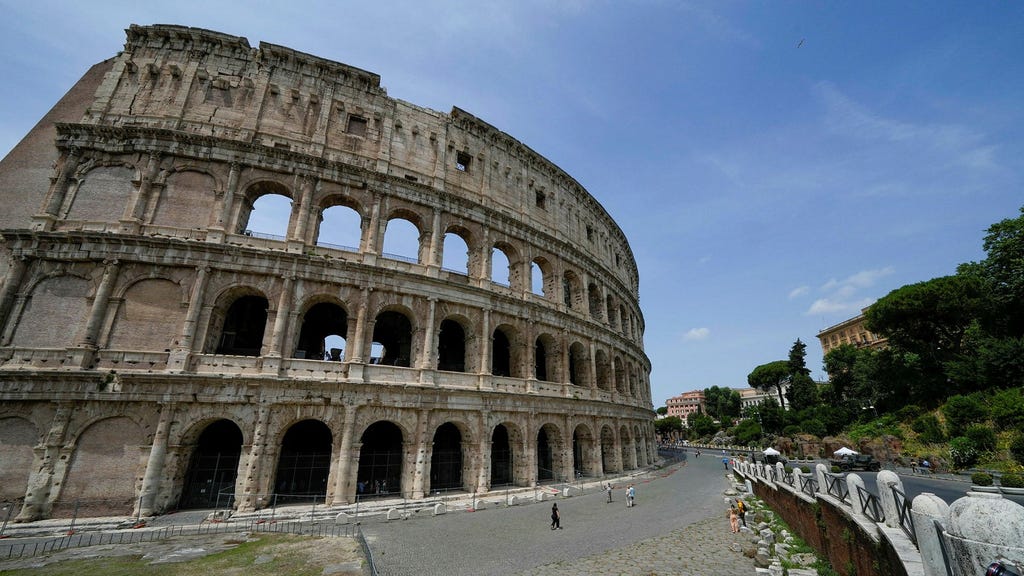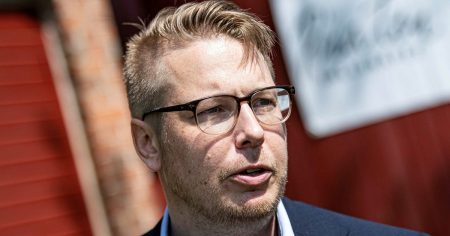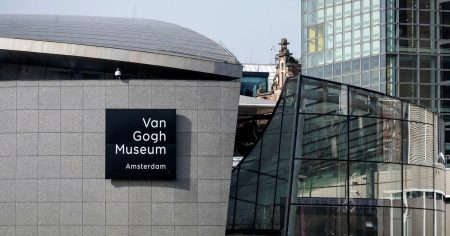Rome, in its magnificent ruins, whispers tales of a civilization that mastered engineering and reveled in public life. The remnants of heated bathhouses, ingenious rotating dining towers, and aqueducts that brought fresh water into the heart of the city stand as testaments to Roman ingenuity and a deep appreciation for comfort and leisure. These structures, fractured and weathered by the passage of time, evoke a sense of awe, prompting reflection on the lives lived within their once-gleaming walls. They were places of social gathering, relaxation, and intellectual exchange – the very cornerstones of Roman society. Yet, behind the façade of grandeur and innovation, a darker reality lurked. As Bengt Ohlsson of the DN observes, the working conditions that facilitated this lavish lifestyle were abysmal. This stark contrast between opulence and hardship forces a reevaluation of the romanticized image of ancient Rome.
The imposing architecture of the bathhouses, designed to impress and inspire, belies the arduous labor required to maintain them. Stoking the fires that heated the vast pools, ensuring a constant supply of fresh water, and cleaning the expansive spaces would have been physically demanding and potentially dangerous tasks. The intricate mechanisms powering the rotating dining towers, marvels of engineering in their time, would undoubtedly have required constant attention and repair, performed by skilled yet likely undervalued laborers. While the elite enjoyed the fruits of their labor, those responsible for the smooth functioning of these wonders remained largely invisible, their contributions overshadowed by the grandeur they helped create. The stark discrepancy between the lives of the privileged and the toiling masses unveils a fundamental societal inequality, a theme that resonates even today.
The enduring nature of the ruins themselves serves as a poignant reminder of the transient nature of human achievement. While the structures of power and leisure crumble, the basic human needs and the realities of labor persist. Ohlsson’s observation that ”someone always needs to take care of the pool” transcends the historical context of ancient Rome and becomes a timeless commentary on the division of labor and the often-unacknowledged efforts that sustain our comfortable lives. Whether in ancient Rome or the modern world, the maintenance and upkeep of our infrastructure, conveniences, and luxuries rely on a workforce that often operates behind the scenes, their contributions frequently overlooked.
Furthermore, the challenging working conditions of ancient Rome echo in contemporary society. While the specific tasks may have evolved, the underlying issues of worker exploitation, precarious employment, and the struggle for fair treatment persist. The back-breaking labor of maintaining the Roman baths finds parallels in the demanding physical work performed by countless individuals today, often for meager wages and under hazardous conditions. Ohlsson’s observation serves as a call to recognize and address the ongoing challenges faced by workers across industries and to strive for a more equitable distribution of the burdens and benefits of progress.
The allure of ancient Rome, with its impressive engineering feats and sophisticated public spaces, should not blind us to the harsh realities experienced by those who toiled to create and maintain this grandeur. The ruins, in their silent eloquence, speak not only of past achievements but also of enduring societal inequalities. They remind us that the pursuit of comfort and luxury often comes at a cost borne by those whose contributions are often marginalized or ignored. This understanding fosters a more nuanced perspective on historical narratives and encourages a critical examination of contemporary labor practices.
By acknowledging the human cost behind the impressive façade of Roman civilization, we gain a deeper appreciation for the complexities of history and the continuous struggle for social justice. Ohlsson’s seemingly simple observation about pool maintenance becomes a powerful lens through which to examine both the past and the present. It prompts a reflection on the value of labor, the importance of recognizing the contributions of all members of society, and the enduring need to strive for a more equitable future where the benefits of progress are shared more justly. The ruins of Rome, therefore, offer not just a glimpse into the past but also a critical reflection on the present and a call to action for a more just future.














